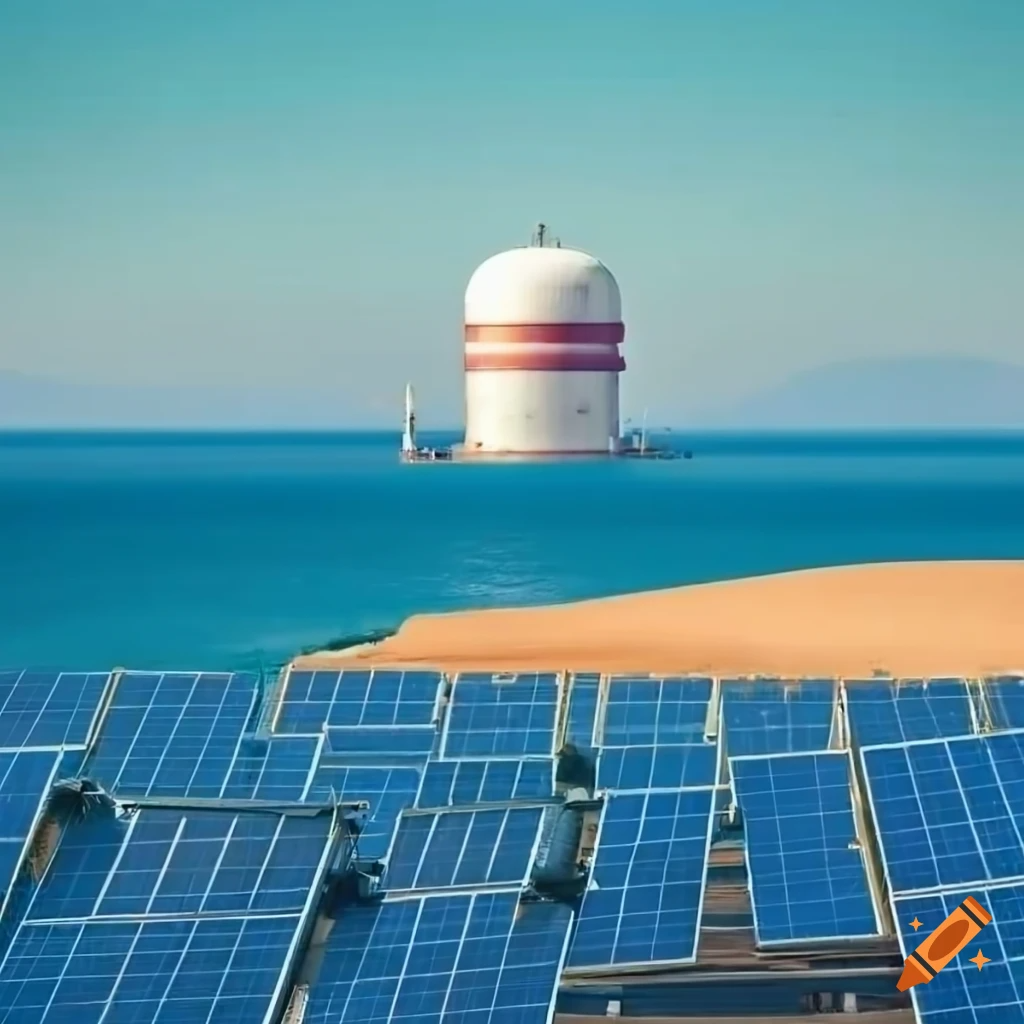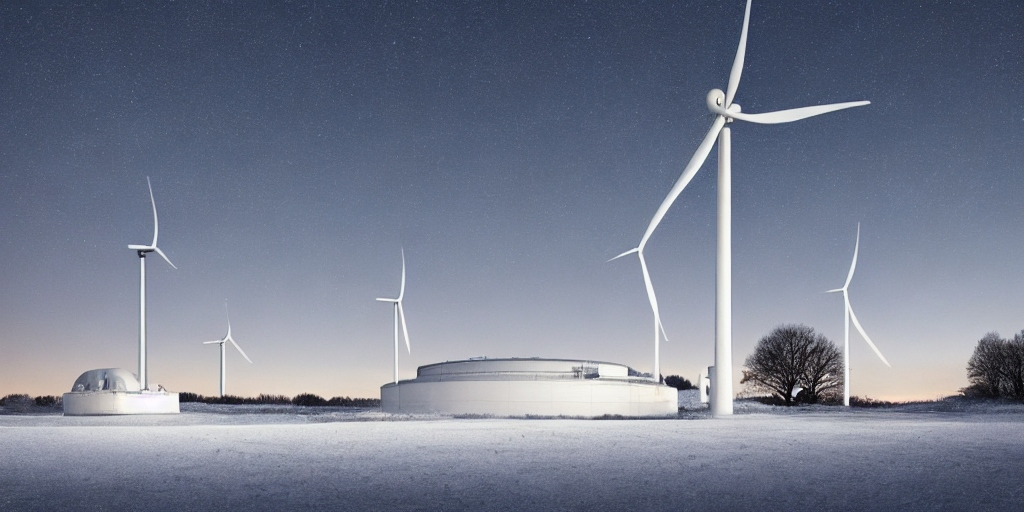So, can we import lots of green hydrogen from places with abundant renewable electricity potential, but no market within cable-laying distance – what I call the ‘where’ solution? The short answer is much the same as for making hydrogen from curtailed renewables here in the UK, i.e. yes we can but it’s likely to be quite expensive, so its niche will be restricted to those areas with very little other option to decarbonise.

There are various ways that hydrogen could be transported, the main ones being:
- Pipeline
- Compression
- Liquefaction
- Convert to ammonia or methanol
- Lock into metal hydrides or liquid organics
Since hydrogen is literally the least dense form of chemical energy in the universe, transporting it is inevitably going to be difficult. The following article does a good job of explaining those difficulties in detail – https://www.linkedin.com/pulse/myth-hydrogen-export-spitfire-research-inc/
I’m not technically qualified to attest to its accuracy, but even if the specifics can be debated, the broad picture is clear – moving hydrogen over long distances entails additional energy losses and significant capital costs. Just to recap the key points in brief:
Pipelines – hydrogen is a very small molecule that will leak through any sort of plastic pipes, and makes most types of metal pipe brittle and thus more likely to crack. Its low energy density means using a lot more energy in pumping a given amount of energy through a pipeline compared to natural gas.
Compression – very high pressures needed, lots of energy used in compression, and hoop stress limits the size of individual cylinders. Simply not practical for large quantities.
Liquefaction – hydrogen liquefies at -249degC (only 24 degrees above absolute zero), and has a reverse Joules Thompson effect, so that it warms when it expands at temperatures above -200degC. It therefore has to be pre-cooled with liquid nitrogen before final cooling via expansion. The whole process is very energy intensive, and boil-off rates are high.
Convert to ammonia – this releases heat at the point of production (which will probably be wasted as that’s where you have cheap energy) and requires high grade heat to convert the ammonia back to hydrogen at the destination. Ammonia is also poisonous in general, and poisonous to the catalysts in hydrogen fuel cells in particular.
Convert to methanol – as with ammonia, methanol is a useful product, or a fuel, itself, and as a liquid at room temperature is relatively easy to store and transport. The major problem is that it requires a supply of CO2 (and that CO2 will be released when the methanol is burned or turned back into hydrogen). If one has a source of non-fossil CO2 available, either from an AD plant, direct air capture or other, the question is whether it would be better to just bury it rather than make and transport the ethanol?
Lock into metal hydrides or liquid organics – this approach may well have a niche, but in both cases (as with ammonia) heat is needed at the destination to release the hydrogen, and the weight of the carrier has to be transported in both directions, so again round-trip efficiency is low.
So, should we conclude that this is just a non-starter? Well, apparently not. At the ITT Hub show last week I visited the Air Products stand, where they were talking up their plans to make green hydrogen, and convert it to ammonia, in Saudi Arabia, then ship it to a terminal in the UK to turn back into hydrogen. Saudi Arabia may have the world’s largest oil reserves, but it also has huge potential for wind and solar power, and a lot of ready capital to invest. I for one will be watching the development of this project closely to see whether it’s just Saudi greenwashing or whether the economics really stack up.
It’s also worth noting that the world’s second largest shipping line, Maersk, has bet on methanol as its route to decarbonising its ships. They will burn the methanol directly though, rather than converting it back into hydrogen. (I’ll write another post in a few weeks about this.)
Ultimately, I would broadly agree with the conclusions of the article I quoted:
- Firstly, before we start finding other uses for green hydrogen, we need to make sure we replace all the grey hydrogen we use right now.
- Second, rather than trying to move hydrogen long distances, we should move some of our industries to the hydrogen supply. An obvious example is to use hydrogen in Western Australia to process Australia’s iron ore and make low carbon steel – then export the metal rather than the hydrogen. All our fertiliser should be made in similar places.

